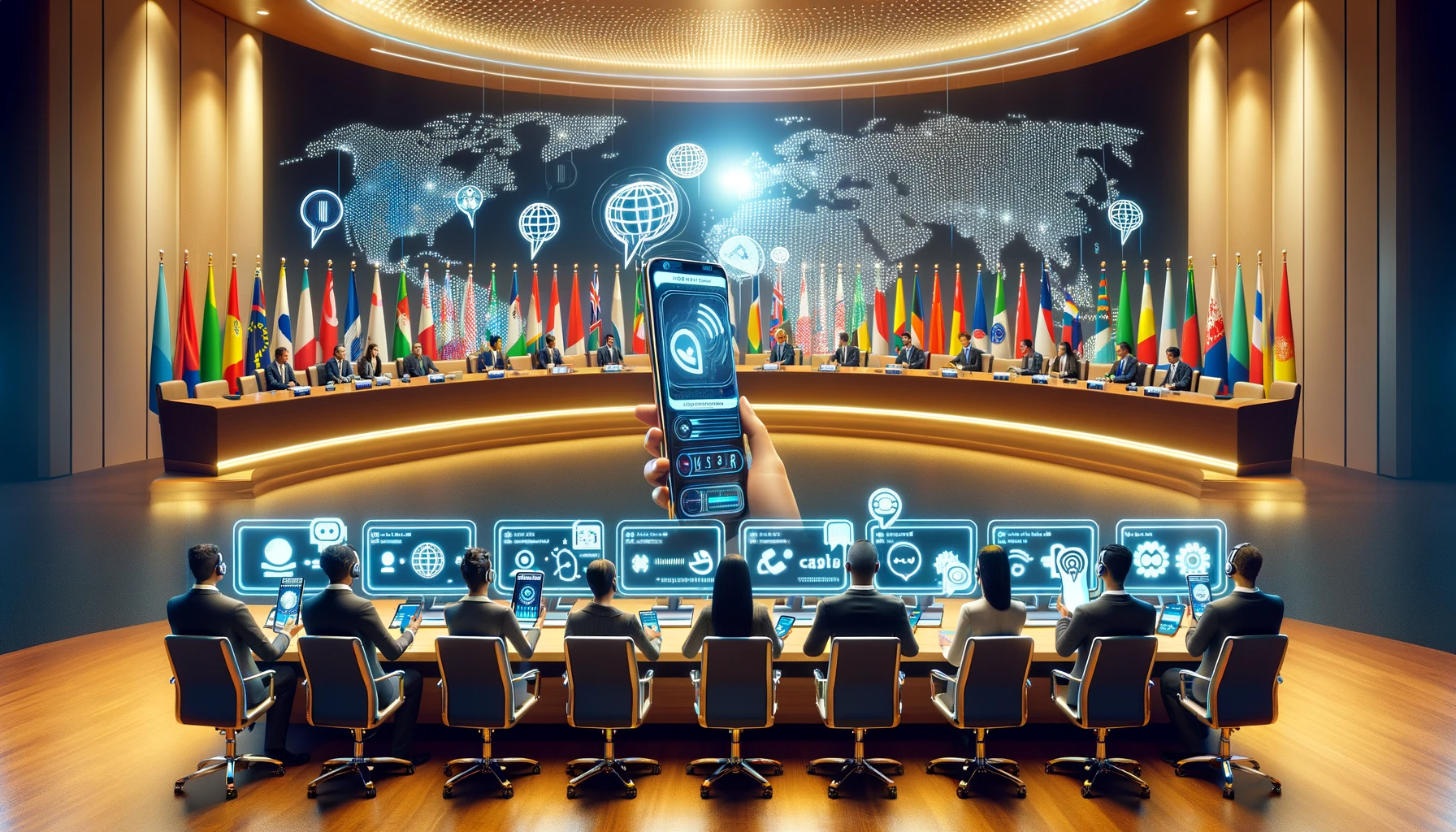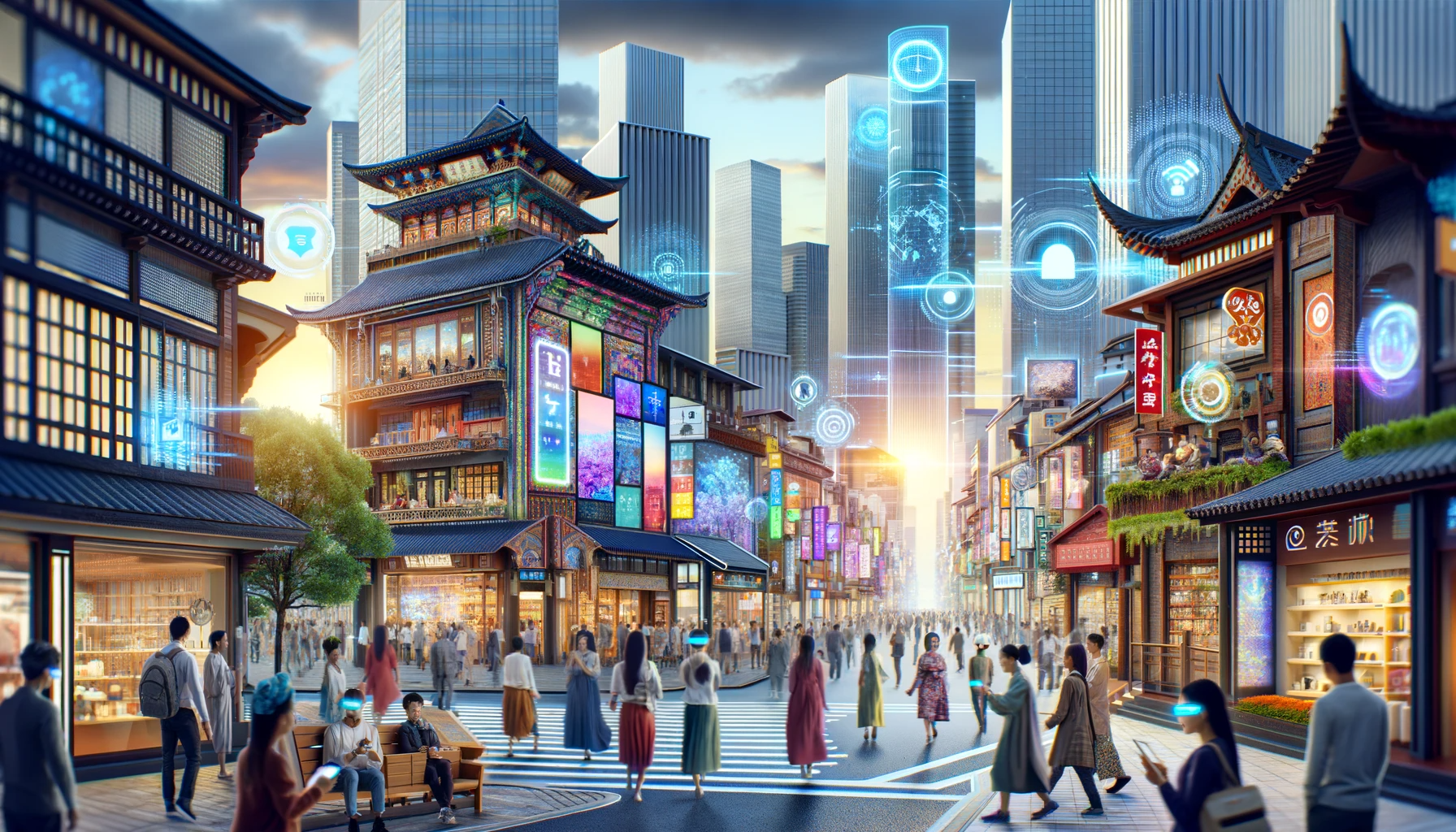The advent of Artificial Intelligence (AI) has ushered in a new era in technological evolution, characterized by rapid development and widespread integration across various global sectors. From healthcare and finance to transportation and communication, AI’s influence is reshaping the foundational structures of these industries. This transformative power of AI brings us to a pivotal crossroad, raising a question of profound significance: Will the rise of AI lead to a more homogeneous global technological landscape, or will it act as a catalyst for diverse technological ecosystems? As AI technologies become increasingly prevalent, understanding their potential impact on the global stage becomes crucial. This article seeks to explore the trajectory of AI’s influence on technological development and diversity. Will AI, with its unparalleled efficiency and capability for standardization, steer us towards a uniform technological future? Or, conversely, will it enable a multitude of diverse, culturally nuanced, and geographically specific technological ecosystems to flourish? The answer to this question holds key implications for the future of global technology, innovation, and cultural diversity, making it a subject of both intrigue and critical importance in our rapidly evolving digital world.
The Current State of AI in Global Technology
Artificial Intelligence (AI) has rapidly become a cornerstone in the landscape of global technology, marking its presence across diverse sectors. In healthcare, AI is revolutionizing patient care and research, offering advancements in personalized medicine, predictive analytics for disease outbreaks, and robotic surgeries. The finance sector witnesses AI’s impact in algorithmic trading, fraud detection, and personalized banking services. Transportation is being reshaped with autonomous vehicles, smart traffic management, and efficient logistics solutions, all powered by AI.
The global distribution of AI development and application, however, is uneven. While countries like the United States, China, and several European nations are at the forefront of AI innovation, developing countries are often in the nascent stages of AI adoption. This disparity is not just in technological development but also in the application and integration of AI solutions, which tends to mirror the economic and technological divide across the globe. The current state of AI, therefore, presents a complex tapestry of global technological advancement, with varying degrees of impact and development across different regions.

The Argument for Technological Homogenization
A significant argument in the discourse on AI’s global impact is its potential to lead to technological homogenization. Proponents of this view argue that the widespread adoption of AI could result in a standardized set of technologies and platforms, overshadowing regional and cultural technological nuances. The standardization primarily stems from the dominance of major tech corporations in AI development, whose technologies and algorithms become global templates. This uniformity might limit the diversity in technological solutions, leading to a one-size-fits-all approach in AI applications.
Economic factors, such as the drive for cost efficiency and scalability, further fuel this homogenization. Politically, the race for technological superiority among leading nations might also contribute to a converging technological landscape, where countries adopt similar AI technologies to stay competitive. This scenario raises concerns about the erosion of diverse technological cultures and the potential loss of locally-relevant and culturally-specific tech solutions.
The Case for Technological Diversification
Counter to the homogenization perspective, there are strong arguments for AI leading to technological diversification. AI, with its inherent adaptability and learning capabilities, can be tailored to meet the cultural, geographical, and societal needs of different regions, thus fostering diverse technological ecosystems. This customization allows AI to address local challenges and preferences, leading to a variety of applications that reflect the unique contexts of different communities.
Moreover, AI’s potential to drive innovation and creativity in technology is significant. By analyzing vast datasets and identifying patterns that might not be apparent to human analysts, AI can inspire novel solutions and applications. This could lead to the emergence of new technological genres and paradigms, particularly in regions and sectors where traditional methods have dominated. AI’s role in empowering grassroots innovation, by providing accessible tools and platforms for local developers and entrepreneurs, further supports the diversification argument. Thus, AI could be a key enabler in the proliferation of a rich and varied global technological landscape, marked by innovation, creativity, and cultural relevance.
AI, Culture, and Localized Technology
The interplay between AI, culture, and the development of localized technology is a fascinating aspect of the modern technological landscape. AI’s ability to adapt and incorporate cultural elements and practices is pivotal in creating technologies that resonate with local communities. Such adaptation involves integrating linguistic nuances, cultural norms, and regional preferences into AI algorithms, ensuring that technology is not just imported but is inherently suited to the local context.
Examples of AI supporting and enhancing local and indigenous technologies are emerging worldwide. In agriculture, AI-powered tools are being developed to align with traditional farming practices, helping farmers in diverse geographical regions optimize crop yields using local knowledge. Language preservation is another area where AI is making a significant impact. By using machine learning algorithms, researchers are able to document and revitalize endangered languages, creating educational tools tailored to each culture’s linguistic heritage. Additionally, AI is being used to digitize and preserve cultural artifacts, allowing for the creation of virtual museums that celebrate and maintain local histories and arts.
Global Trends and Future Predictions
Current global trends in AI development point towards a dynamic future with both opportunities and challenges. While there is a surge in AI advancements in developed countries, emerging economies are also starting to harness AI for local needs, indicating a potential shift towards more diversified technological ecosystems.
Experts predict that AI’s impact on global technological diversity will be profound. Some foresee a future where AI drives innovation in ways that respect and enhance cultural diversity, leading to a rich tapestry of global technology. Others caution against a potential over-reliance on AI solutions from dominant tech companies, which could lead to a homogenized technological landscape.
Potential policies and strategies to influence AI’s role include promoting open-source AI initiatives, encouraging cross-cultural collaborations in AI development, and implementing policies that incentivize the creation of culturally sensitive AI solutions. Such measures could shape an AI-enhanced future that is diverse, equitable, and culturally inclusive.

Ethical and Societal Implications
The ethical and societal implications of AI in the context of global technological homogenization or diversification are substantial. Ethical considerations include ensuring that AI development respects cultural identities and values, and does not inadvertently lead to cultural erosion or bias. In terms of societal implications, the outcome of AI’s influence on global technology holds significant stakes for accessibility and equity. A diversified technological landscape could lead to more inclusive and equitable access to technology, while homogenization might exacerbate existing digital divides.
The role of international cooperation and regulation is crucial in guiding AI development towards ethical and beneficial outcomes. This includes establishing global standards for AI that consider diverse cultural and societal needs, as well as fostering international collaborations to share knowledge and resources for AI development that benefits all.
Conclusion
In conclusion, this article has explored the complex and multifaceted relationship between AI, culture, and global technological development. We have examined arguments for both homogenization and diversification, the role of AI in supporting localized technologies, and the ethical and societal implications of these outcomes.
Reflecting on the balance between global standardization and local diversification in the context of AI technology is essential. The potential of AI to shape our technological future is immense, but it comes with the responsibility to ensure that this future aligns with diverse global needs and values. The decisions made today regarding AI development, regulation, and application will significantly influence the trajectory of our global technological landscape.
In shaping AI’s role in our world, it is crucial to consciously strive for a future where technology not only advances human capabilities but also respects and celebrates the rich diversity of cultures and perspectives that make up our global community.
